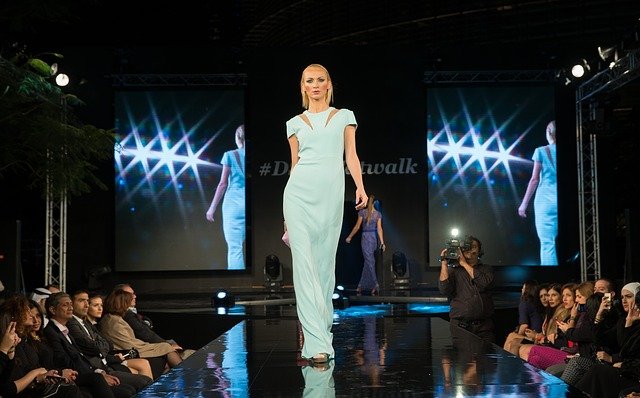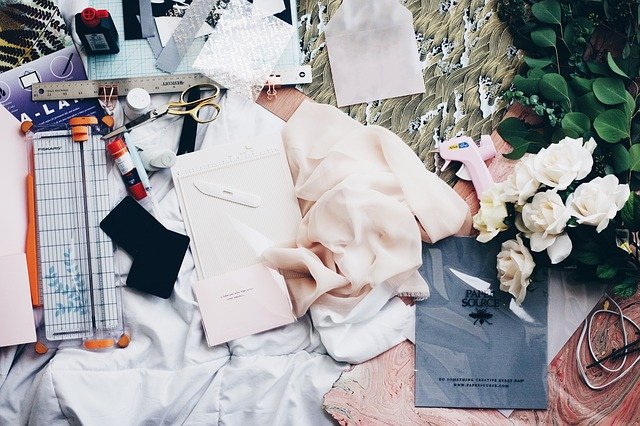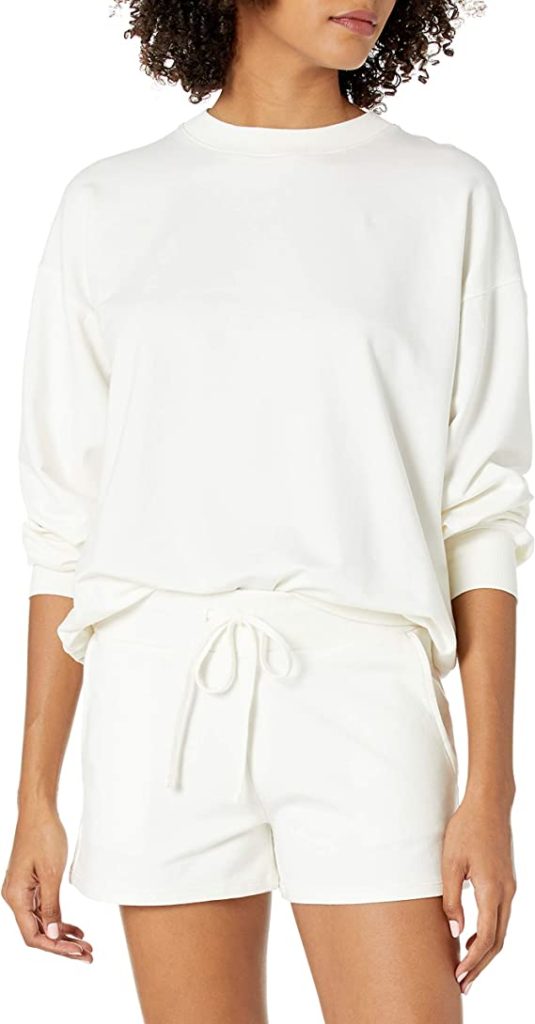A periwig is a style of wig that was popular between the 17th and 19th centuries. It’s basically just a fancy word for “wig”. Periwigs were often worn by men with long hair who wanted to create an impressive appearance, as well as nobility who wanted to cover up baldness or thinning hair. They were also commonly worn by women – both aristocrats and commoners alike – who had lost all their own hair due to illness or simply aging.
Periwigs come in many different styles, but are most commonly tied back into two large knots at the front of the head. This gives them their signature curly shape!
Wigs are a great way to protect your head from the sun and keep yourself looking stylish. From ancient Egypt all the way up until now, wigs have been worn for many reasons such as status symbolism or protection against harsh UV rays. After the fall of Rome, wigs fell out of popularity for centuries. One reason is because many experts credit King Louis XIII’s premature baldness to popularize periwig with his French court in particular, long curly hair called a “periwig.”
A well-known accessory for 18th century gentlemen and ladies, the periwig was a popular fashion. The style of wigs varied over time but often had to be powdered with starch so it appeared white when done up in curls or pinned into place atop one’s head.
When it comes to wigs, human hair is the best. Animal hair or a blend of both can be used as well but since people only bathe once per year their odors are much more noticeable and tend to linger with them in public spaces such as closed rooms where they might also happen to wear one’s wig.
The wig was a must-have accessory for the European noble who wanted to protect their baldness and maintain good hygiene. Bathing was seen as unhealthy, so most nobles only bathed once per year. When insects infested people’s hair, many shaved their heads to combat the problem. Wigs were also often infested with lice and could be removed for comfort but they became popular in 17th century portraits of royalty or nobility.
The periwig became a popular hairstyle in England after King Charles II was restored to his throne. The English royals were also influenced by Louis XIV who at that point had already made wearing wigs fashionable among aristocrats.
Wigmakers are an essential part of the hair and beauty industry. They have a long history, dating back to ancient times when they were primarily employed by royalty as daily disguise for aging monarchs or those with physical disabilities who could not grow their own thick locks.
So, in the early 1800s America was trying to imitate and be like Britian by wearing wigs. This trend disappeared because of anti-British sentiment that developed around this time period.
British members of parliament and judges still wear the periwig. The government of New South Wales Australia has voted to stop using wigs in 2007.


